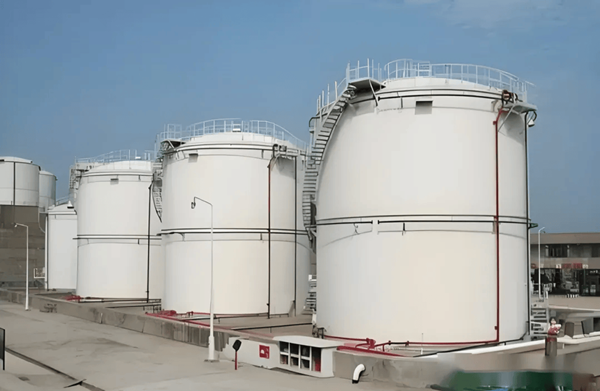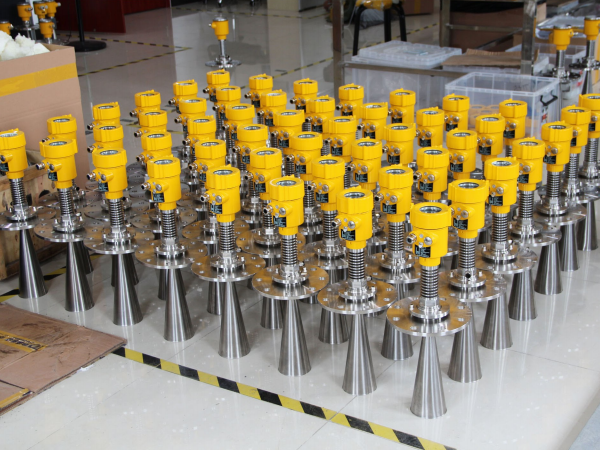In the petrochemical industry, accurate liquid level measurement technology is one of the key factors to ensure production efficiency, safety management and product quality.
Especially for volatile and flammable liquids such as gasoline, the liquid level monitoring of its storage tanks puts higher requirements on measurement technology.
This article will focus on the application of radar level meter in internal floating roof gasoline storage tanks and analyze why it has become the preferred solution in this occasion.

Internal floating roof tanks are ideal for storing volatile liquids such as gasoline because they have a floating roof inside that can move up and down as the liquid level changes.
This design effectively reduces the contact area between the medium and the air, reduces evaporation losses, and improves the safety of the tank.
However, this type of tank structure also poses challenges to traditional level measurement methods, especially in terms of accuracy and stability. To meet this challenge, radar level meters stand out with their non-contact measurement characteristics.
Radar level meters measure the liquid level by emitting microwave signals and receiving their reflected waves. The entire process is not affected by changes in the characteristics of the medium, and is very suitable for use in the storage of highly volatile liquids such as gasoline.

Let’s further analyze the application of radar level meter through a specific case. In order to improve the efficiency and safety of its gasoline storage management, a petrochemical enterprise decided to install radar level meter in its internal floating roof gasoline storage tank.
At the beginning of the project, the technicians conducted a comprehensive evaluation of different types of radar level meters and finally selected a high-frequency radar level meter because it performed better when measuring volatile liquids.
During the installation process, in order to ensure the measurement accuracy, the installation position and angle of the radar level meter were carefully adjusted.
At the same time, in order to adapt to the volatility of gasoline, an instrument with explosion-proof certification was selected, and it was ensured that all electrical components met strict safety standards.
In actual application, the radar level meter successfully suppressed the influence of temperature changes and interference factors in the steam space through the self-calibration function. Even in the case of large level fluctuations or the presence of foam, it can provide stable and accurate measurement data.

After using radar level meters, the company’s internal floating roof gasoline tank management has become more efficient and safer. Real-time and accurate liquid level monitoring makes inventory management more convenient, and also significantly reduces the safety risks caused by overfilling or leakage.
From the above case, it can be seen that radar level meters have shown unparalleled advantages in the liquid level measurement of internal floating roof gasoline tanks.
It not only improves the efficiency and reliability of measurement, but also has a positive impact on the long-term operation of the company.
